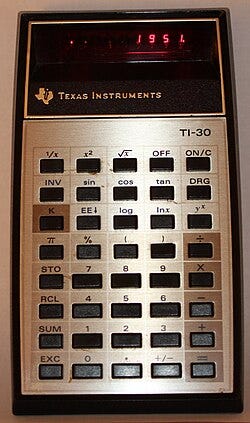The Texas Instruments TI-99/4a is a quirky early personal computer
In the 1970s, Texas Instruments was huge. They absolutely owned the calculator market, manufactured a variety of chips and ICs and it seemed inevitable that they would enter the personal computer market, perhaps also coming to dominate it as well.
TI introduced their first pe…


